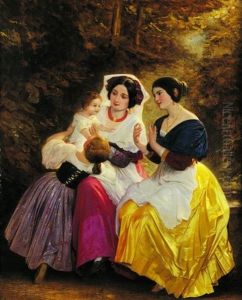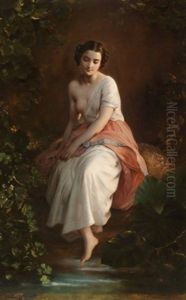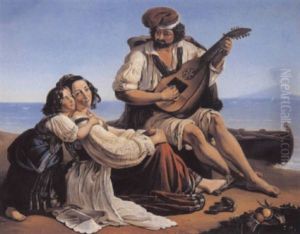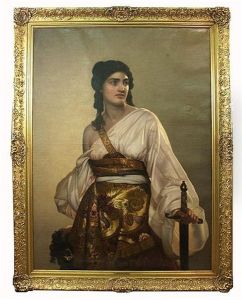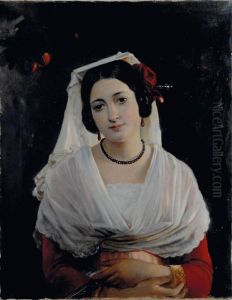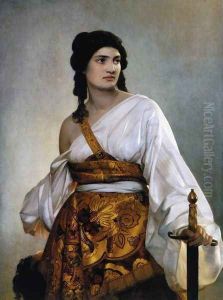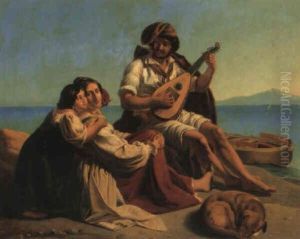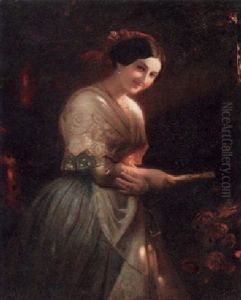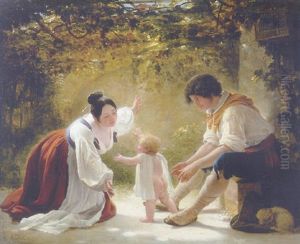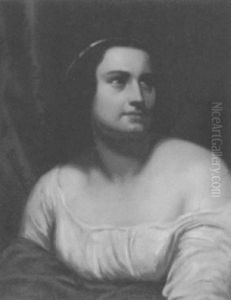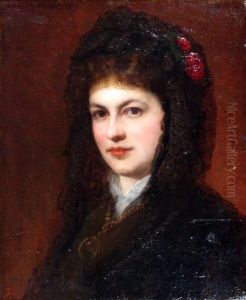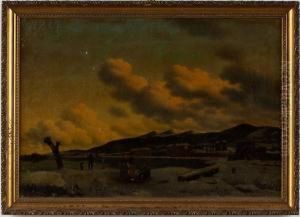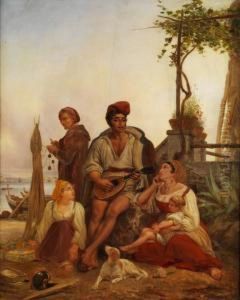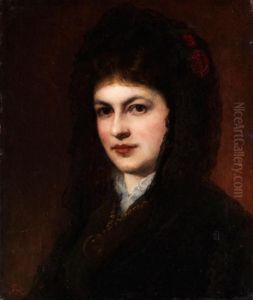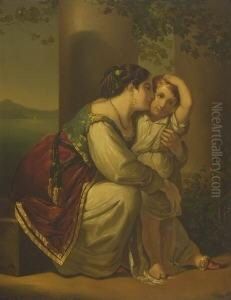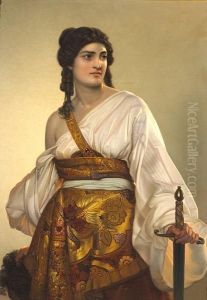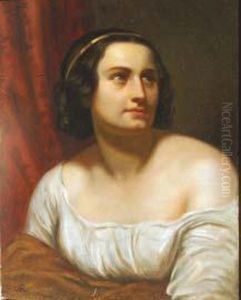August Riedel Paintings
Johann Friedrich Ludwig Heinrich August Riedel, known as August Riedel, was a notable 19th-century German painter born on December 25, 1799, in Bayreuth, Germany. He was a prominent figure in the art world during his time, especially renowned for his portrait and historical paintings.
Riedel received his early artistic training at the Academy of Fine Arts in Munich. His talent was evident early on, and he furthered his studies in Rome, a common destination for artists of the period seeking to refine their skills and absorb the Renaissance and Classical heritage. Rome's rich artistic environment, its classical ruins, and its vibrant international community of artists greatly influenced Riedel's work. He became part of the Roman artistic circle and was influenced by the Nazarenes, a group of German Romantic painters who aimed to revive honesty and spirituality in Christian art.
Throughout his career, Riedel was particularly known for his ability to capture the beauty and character of his subjects. His portraits were highly sought after, and he painted many notable figures of his time. In addition to portraits, he also created large-scale historical and mythological paintings, which were characterized by their clear composition, vivid detail, and rich coloration.
August Riedel's work was well-received, and he gained considerable success and recognition during his lifetime. He was appointed a professor at the Academy of St Luke in Rome, which further solidified his reputation as a respected artist. His paintings can be found in various art collections and museums in Germany and around the world.
Riedel's contributions to the art world continued until his later years. He died on January 6, 1883, in Rome, leaving behind a legacy of work that continues to be appreciated for its technical skill, emotional depth, and beauty. His paintings remain an important part of the 19th-century European art historical canon, and they continue to be studied and admired by art enthusiasts and historians alike.








